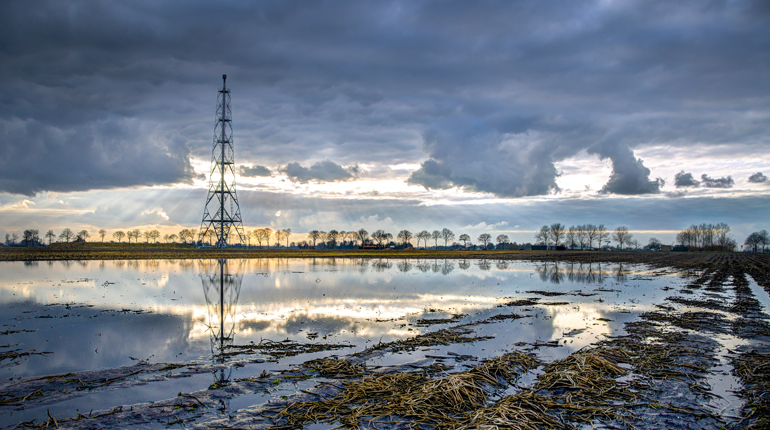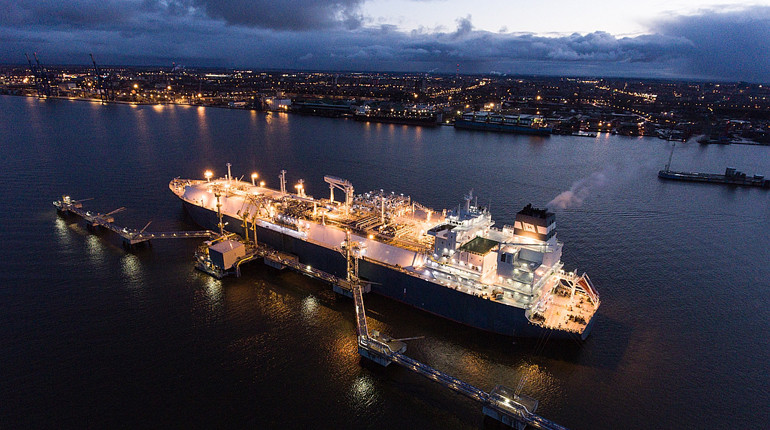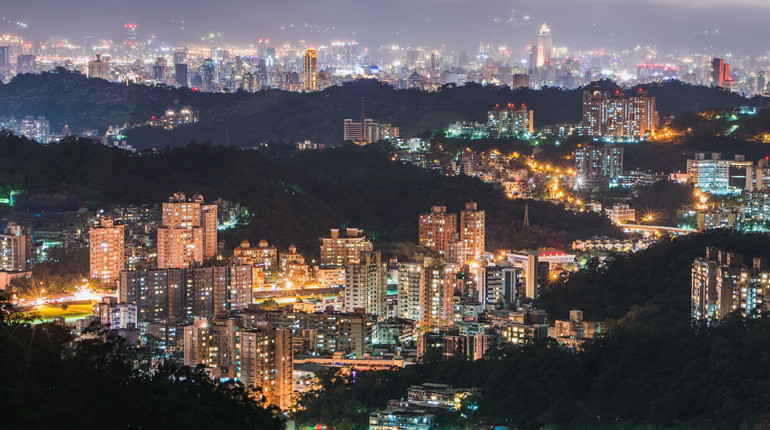
The Netherlands is one of Europe’s leading gas producers, and the giant Groningen field accounts for more than half of Dutch supply. If the field’s output is subject to further cuts or even halted next year, Dutch gas output will fall dramatically. This will have implications for the gas market not only in the Netherlands but also in Europe as a whole.
The Netherlands is one of Europe’s main indigenous gas sources. Dutch production is expected to be around 44 billion cubic metres in 2017, while the UK is likely to produce approximately 42 bcm. Europe already relies heavily on imported gas, with Russia its largest external supplier. And with UK production expected to decline over the next 10 years, output from the Netherlands will be increasingly important to Europe’s gas supply mix. However, the Groningen cuts which have already been implemented have resulted in the Netherlands becoming a net importer during 2017. These cuts - and potential further reductions - have implications for the Netherlands, and Europe.
Dutch production is generally split into output from Groningen and that from the country’s other fields, which are collectively grouped as the ‘Small Fields’. Supply from Groningen accounted for around 68% of Dutch gas output in 2013, producing around 54 bcm. Although this has fallen in recent years as lower and lower production caps have been introduced, Groningen still accounted for around 56% of Dutch gas output in 2017. As the government has continued to reduce the ceiling on the field’s production, it has dragged down output for the Netherlands as a whole.
The Dutch government must review Groningen’s output cap – which had been set at 21.6 bcm for the next five years – within the next 12 months as a result of a ruling made in mid-November by the Council of State. The court ruled that the cap will remain at its current level for the remainder of this gas year (which runs from October 2017 to September 2018) but that the cap could not stand on the basis of the government’s current justification beyond this. If the government is unable to justify the rationale for the cap, output after the current gas year could be cut further – or even stopped completely.
Even if output from Groningen is not halted entirely, any dramatic cut in production will raise problems for the markets it supplies. Gas from Groningen is known as ‘L-Gas’ as it has a lower calorific value than gas from Norway and Russia. Taking gas with a higher calorific value will require adjustments to infrastructure in the markets Groningen currently supplies – the Netherlands, Germany, Belgium and Northern France. Converting the infrastructure is expensive and has been planned as a longer-term development in some L-Gas markets, specifically those in the Netherlands.
Although there has been some increase in supply from the Small Fields in 2017, it has not been enough to outweigh the decline in output from Groningen. In the mid to long-term, output from the Small Fields is expected to decline. And even if investment in additional production is successful, and the pace of decline over the next 10-15 years is eased or even reversed, output from the Small Fields looks likely to decline in short-to-medium term.
This means that, even if Groningen’s output is held at 21.6 bcm for the next five or even 10 years, Dutch output as a whole is still likely to fall. The Groningen cap looks unlikely to remain at its current level for long. Public opinion is strongly against extraction from Groningen, and seismic activity linked to the field will continue to be an issue. If output from Groningen is halted next year, it would cause a year-on-year drop in Dutch production of more than 50%, taking out 21.6 bcm of supply for both the Netherlands and Europe.
During 2017, the Netherlands has been a net importer - a striking change for the country. It produced 8.5 bcm more than it used in 2016. In 2017, GGA estimates demand will exceed production by roughly 4 bcm. Further cuts to production would not only have a significant impact on the annual gas production and supply levels of the Netherlands and the wider region, but also affect the availability of swing supplies to Europe during the northern hemisphere winter. Even with the cuts made to Groningen’s production during the 2016/2017 gas year, the field’s output over the winter (October through March) rose by 3% on an annual basis. Groningen has been a crucial source of gas to Europe when demand has spiked during peak periods.
The risks to Dutch production pose security of supply questions for the Netherlands and Europe. And if the country’s gas supply is seriously curtailed for the foreseeable future, it could spur the government to push forward with plans for reducing gas in the energy mix.
The Dutch government expects to reduce its greenhouse gas emissions by 31% by 2030 compared with 1990 levels. Part of the government’s plan to meet this target is ending the use of gas for heating and cooking. The residential sector accounts for around 24% of Dutch gas demand, while the industrial and commercial sectors account for 16% and 10% respectively. The power sector is the Netherlands’ biggest offtaker of gas, accounting for 29% of demand. The planned reductions in gas use will see the fuel’s share of the energy mix fall from around 38% in 2015 to around 31% by 2035. Coal’s share of the energy mix will also fall during the same period, while the share of renewables is set to expand.
Renewables accounted for around 6% of the Netherlands’ energy mix in 2016, and the government wants to raise this to 16.7% by 2023. The government has also proposed shutting the country’s coal-fired power plants by 2030, including plants that were commissioned only in 2015. However, this raises questions about how the country will manage its power supply and its electricity imports if the shutdowns occur. A government study noted that, if the Netherlands shuts its own coal-fired plants but imports electricity from coal-fired power stations in neighbouring countries, its efforts to cut pollution will not result in a meaningful reduction in emissions.
As the country’s changing energy mix is managed going forward, even if the Netherlands’ gas demand drops over the next 20 years, it is not set to fall dramatically in the short term. Dutch gas consumption rose by 5% on an annual basis in 2016, marking a reversal in the declines seen over the start of the decade. Gas demand is estimated to reach roughly 48 bcm in 2017, up 14% year on year. During 2017, strong growth in total gas use was seen in some months, including September, when demand increased by 33% on an annual basis. Over the start of 2018, further gains in consumption could be seen, although gains in consumption are likely to be modest if temperatures in Q1 are around average as forecast.
With the best-case scenario for maximum Dutch production still looking likely to result in medium-term and potentially long-term declines, the security and winter flexibility of Europe’s gas supply are set to face challenges. Although it is likely that European gas demand will fall in the medium term, material drops in regional demand are not expected during 2018. Europe has not experienced significant cold winter weather in the past few years, and the risk of winter supply shortages will be high if a severe cold snap occurs this season. If further significant cuts are made in Groningen’s output from next year, or even before the end of the decade, the challenge of managing secure supply for Europe’s gas markets will become an immediate and urgent one.
- Liked this article?
- Stay informed with exclusive, accurate and up-to-date energy news, analysis and intelligence. Sign up for 7-day trial access to more premium content. It's free!
- Get a free trial








